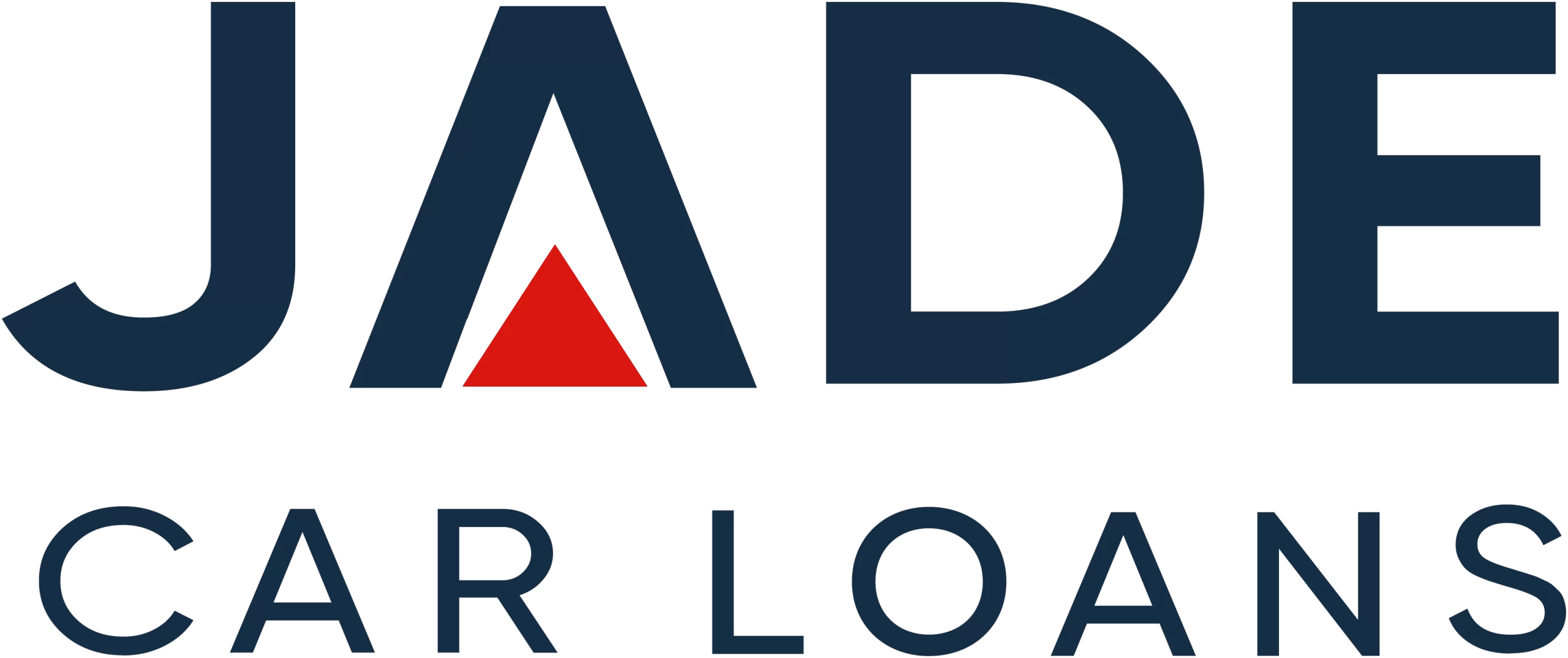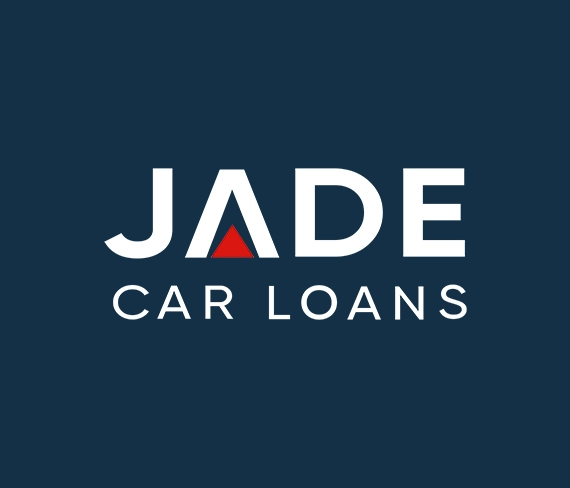In a surprise to many, the unemployment rate dropped significantly in June. While good news for some in the economy, the low unemployment rate spells bad news for that other significant economic rate – interest rates. The rate of unemployment in conjunction with the rate of inflation are the two key drivers for RBA decisions around the cash rate.
The June low unemployment rate of 3.5% is seen by many analysts as placing more pressure on the RBA to announce a major rate rise at the August Board meeting. The recent RBA rate rise decisions have fed through to the motor vehicle finance sector with increased rates across both consumer and business finance. While an August is expected, it was expected to possibly be in the vicinity of 0.5%. These latest employment figures now have the markets bracing for a more significant August rise.
While individuals seeking car loans need to face the reality of further rate rises, for business owners the employment figures represent a range of additional challenges. We report on the ABS June employment figures to provide insights for those planning car purchases with finance and to assist businesses to appreciate the significance of the situation.
June Employment Figures
The Australian Bureau of Statistics is the organisation tasked with compiling and releasing a range of statistics including for employment in Australia. The Bureau releases a detailed coverage of the statistics in a media statement.
The unemployment rate in June dropped from 3.9% recorded in May to a 50 year low of 3.5% in June. The size of the fall is quite surprising. The rate of unemployment has been dropping steadily over the latter part of 2021 and the first few months of 2022 as the economy comes out of lockdown and other COVID-19 restrictions. But recent falls have been around 0.1% and for around two months the rate was steady at 3.9%.
In the media statement, the ABS’s Bjorn Jarvis notes that the June fall represents 8 months in a row of unemployment rate falls which corresponds to the winding back of restrictions. The June seasonally adjusted rate is the lowest recorded going back to the 2.7% of August 1974. At that time records were reported quarterly whereas now they are reported monthly.
Comparing men with women: 3.4% for women, the lowest going back to February in 1974 and 3.6% men, the lowest since May in 1976.
Mr Jarvis reported the state rates which show drops for all states except Western Australia where unemployment actually increased by 0.3%. NSW posted a large drop of 0.7%, Victoria dropped by 0.5% and Queensland 0.1%.
Another key statistic reported was the hours lost due to illness. Mr Jarvis said high rates were persisted for workers unable to work due to illness. These stats are in line with the flu and COVID-19 case numbers and further underlines the ongoing business challenges being faced.
Business Owner Considerations
Before getting into a discussion of the impact on interest rates, it’s worth outlining how the low unemployment rate and high illness-related stats impact business operations. The low rate backs RBA comments over several months regarding the tight labour conditions in the economy. A low unemployment rate means less people are looking for and unavailable to fill vacancies.
Businesses are continuing to face issues filling job roles which is restricting their ability to operate fully. This is seen as a major constraint, a contributor to the supply issues and as such more fuel for surging inflation. Having staff off sick is also contributing to reduced operational capacity.
Many businesses are needing to compete for staff with offers of cash incentives and higher wages. Moves which are adding to expenses through increased wage bills.
Motor Vehicle Finance Interest Rate Impacts
Many economists are already talking about these latest employment figures as putting even more pressure on the RBA to act more strongly on interest rates. Expectations for the August increase have been stated by some as a full 1% not the previously anticipated 0.25% to 0.5%.
For those planning vehicle purchases with finance, this will play out through the lending sector with rises in personal car loan rates and business motor vehicle loan rates. Our message to buyers now is the same as we have been saying for several months – proceed as quickly as possible before even more rate rises.
While we will always be working to secure the cheapest business car loan interest rates for our customers, our lenders, like the market, will be responding to RBA rate rises. The amount that each individual lender may increase their motor vehicle finance rates will be based on their own decisions.
When rates are on the rise, utilising our services can provide even better outcomes for car finance applicants than when rates are low. We have accreditation with many banks and non-bank lenders. This provides us with more choices and that can mean a greater possibility of identifying and securing the best car loan interest rate.
Contact Jade Car Loans 1300 000 003 for cheaper car finance
DISCLAIMER: IN REGARD TO MISREPRESENTATIONS AND ERRORS CONTAINED IN THE MATERIAL AS PRESENTED, LIABILITY IS NOT ACCEPTED. THE DETAILS AND CONTENT IS PROVIDED FOR CAR BUYERS AND INDIVIDUALS AND BUSINESS SEEKING FINANCE PURELY AS GENERAL INFORMATION. THIS IS NOT PROVIDED AS THE ONLY SOURCE OF FINANCIAL INFORMATION. ANYONE THAT CONSIDERS THAT NEED FINANCIAL ADVICE ABOUT THEIR SPECIFIC REQUIREMENTS SHOULD SEEK THEIR OWN FINANCIAL ADVISOR.


 " alt="">
" alt="">